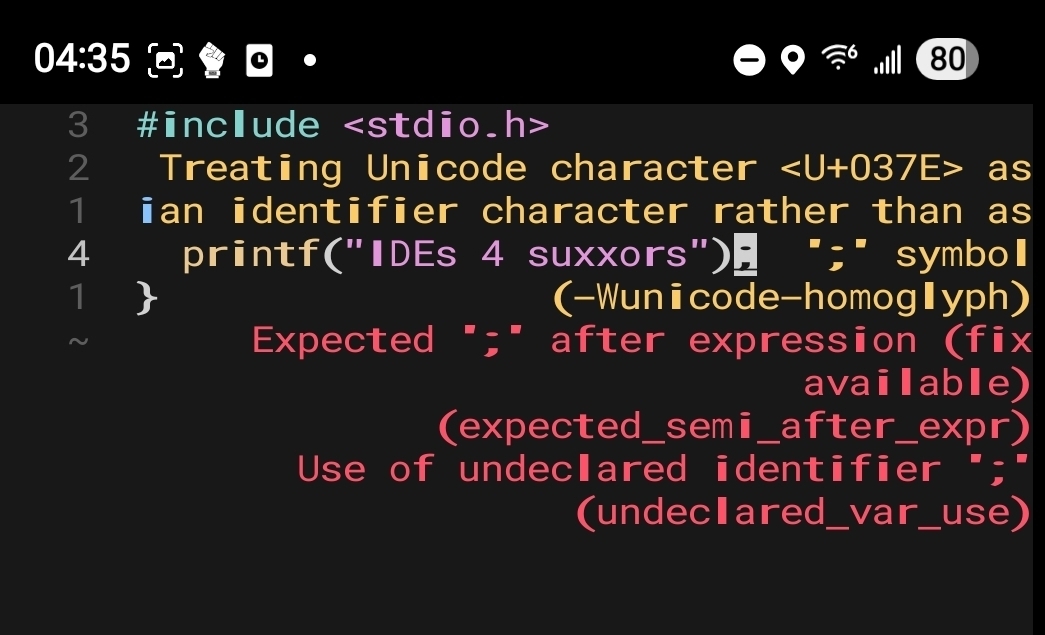

If that’s the only error mechanism, sure. Exceptions in most languages tend to be relatively expensive, though, and most have a cheaper idiomatic way of returning error codes; you’d want to use those if they’re available, right?
Does Rust use exceptions a lot? I don’t know. V has panic and catch, but you almost never see them. Idiomatic is Option (?) and Return (!) values, which I thought V borrowed from Rust. Go does the (val, error) tuple-ish return thing, and while it too has catchable panics, they’re discouraged in favor of (error) return values.
Depends on the language. “Higher level” is a pretty broad field!




I can think if plenty of situations where system time is
In fact, if you don’t set up your containers right, the system time is almost always wrong.